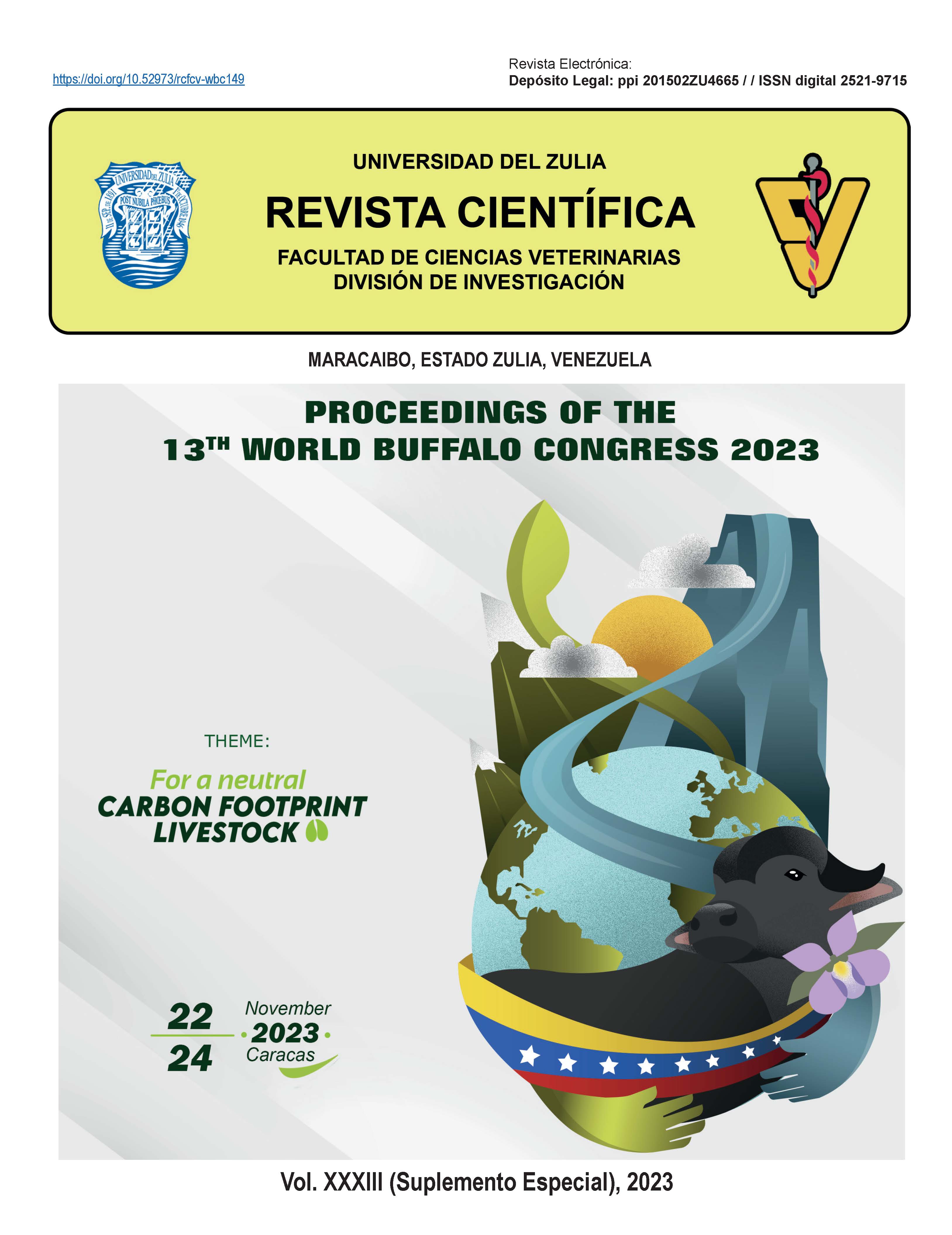Comparison of sialic acid content in bovine and buffalo milk and meat
Abstract
Animal-origin food, such as meat and milk, are important sources of sialic acids (SIAs) with relevant implications for human health. Two significant SIAs in mammals are N-acetyl-neuraminic acid (Neu5Ac) and N- glycolylneuraminic acid (Neu-5Gc). Neu5Ac is the major form of SIAs in all mammalian tissues, and it is an essential nutrient for the development and function of the brain. Neu5Ac differs from Neu5Gc by a single oxygen atom, but humans cannot synthesize the Neu5Gc due to a genetic mutation. Thus, Neu5Gc causes a human antibody response, which promotes the inflammatory processes. On the other hand, animal products are excellent sources of Neu5Ac, which has a high nutritional value. A diet with Neu5Ac/Neu5Gc ratio higher than 5 is recommended to inhibit the absorption of Neu5Gc. This ratio is rarely reached in red meat, so it is considered potentially carcinogenic. This study aimed to determine the concentrations of Neu5Ac and Neu5Gc in the milk and meat of buffalo and cattle and to evaluate the ratio of Neu5Ac/Neu-5Gc. The study was conducted on 12 bulk milk and 12 samples of Longissimus thoracis for each species. Samples were collected from Friesian bovine and buffalos raised in farms located in Central Italy. The concentration of the two types of SIAs was determined by the reverse phase (RP) high-performance liquid chromatography (HPLC) procedure of SIAs released from glycoconjugates through acidic hydrolysis and derivatized with 1,2-diamino-4,5methylen- edioxy-benzene (DMB). Data was analyzed by ANOVA using a bifactorial model with interactions (products and species). Both products and the species influenced the content of Neu5Ac (p<0.001 and p<0.014, respectively) and Neu5Gc (p<0.001, for both). Neu5Ac content was significantly higher in buffalo milk than in cow milk (1045 vs. 906 μg/g protein). In contrast, Neu5Gc content was significantly lower in buffalo milk than in cow milk (58 vs. 106 μg/g protein). On the contrary, there was no significant difference in Neu5Ac meat content in the two species (473 μg/g protein, on average). In contrast, Neu5Gc content was significantly higher in cattle meat than in buffalo meat (228 vs. 83 μg/g protein p<0.001). Buffalo products showed a Neu5Ac/Neu5Gc ratio greater than 5 (18.5 for milk and 6.4 for meat), while beef meat had a ratio of 2.2 (less than 5). In conclusion, due to the high amount of Neu5Ac and the limited presence of Neu5Gc, buffalo products could have an exciting effect on human health.
















